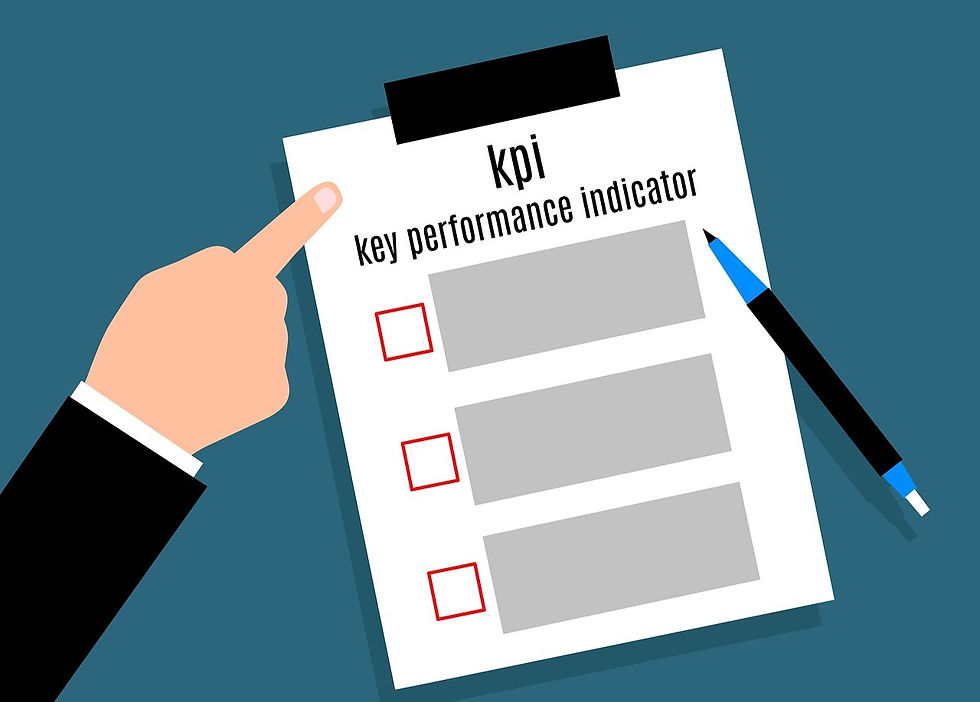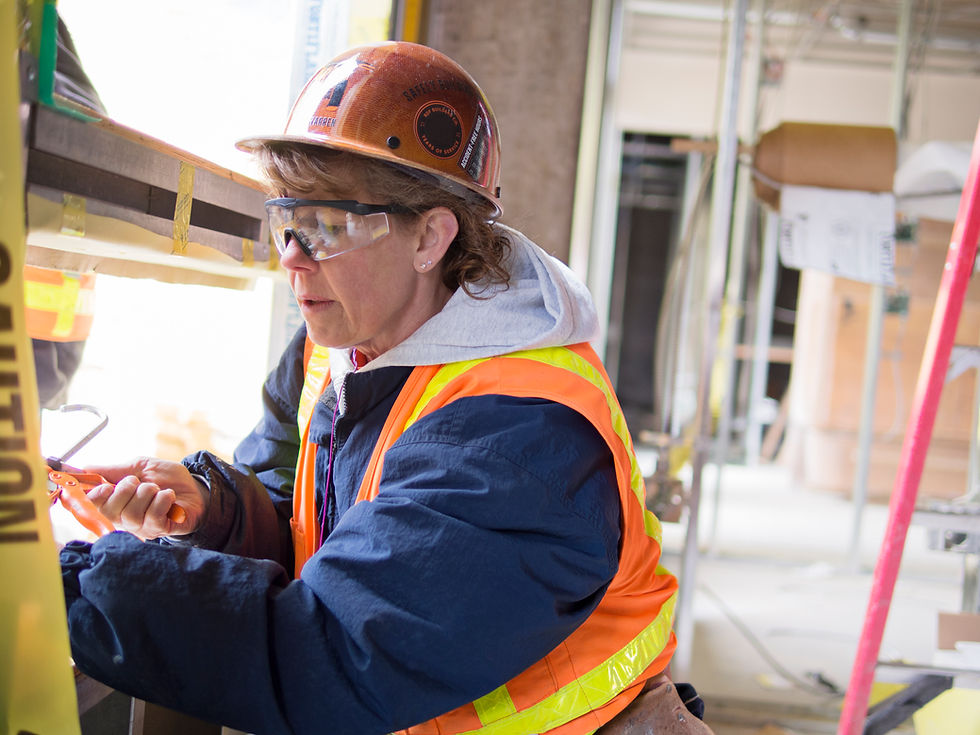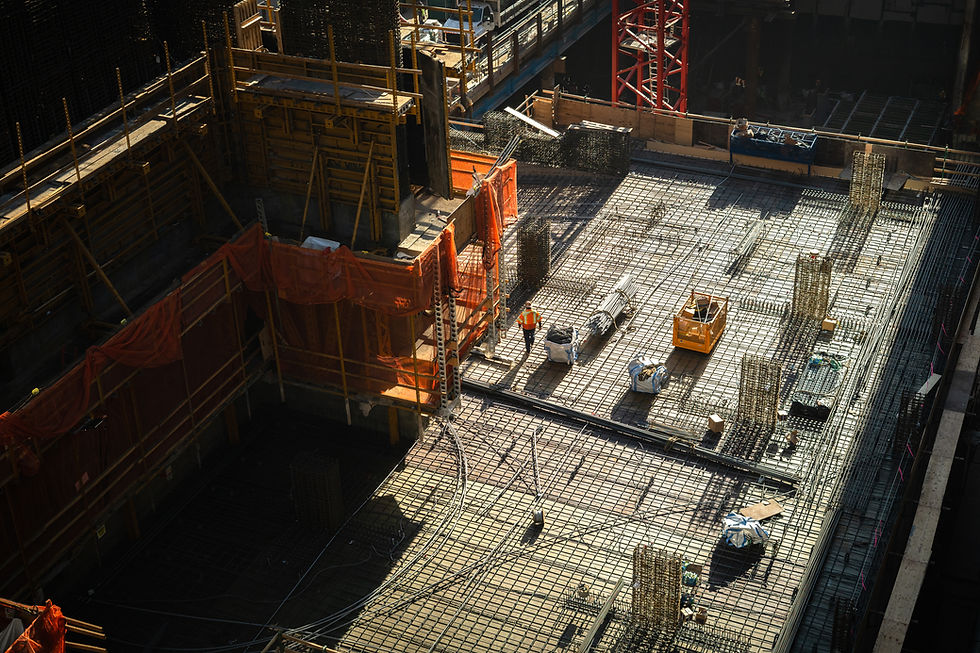How are you currently measuring project success?
Traditionally, many of us have been using financials, such as budget, as the leading indicator to measure performance; after-all, the ultimate goal is to make money and be profitable. However, relying solely on this metric is not advised as there are a number of other essential metrics that you can use to help you determine whether a project is on track, with some of them even providing you with actionable insights into what needs to be done to get there.
What Are KPIs?
Before we get into the specific KPIs you should be measuring, here is a quick refresh on what KPIs actually are. For those of you who aren’t familiar with the term KPI, it stands for Key Performance Indicator.

As the name suggests, construction KPIs are the critical (key) indicators of progress towards an intended result. KPIs are measurable, and can easily be compared and tracked, allowing you to evaluate whether you’re meeting your objectives or not.
Why Pure Financials Should Not Be a Primary Indicator of Performance
Relying on budget as a leading indicator for project performance is very similar to calculating the calories in a lasagna to assess how healthy it is AFTER it has been baked. It might be helpful knowing this, as it can let you know how much of it you can eat to stay within your daily caloric intake, but there is nothing you can do about it now to change it in the event it doesn’t fit within your macronutrient requirements. In other words, it’s too late to change the outcome using this metric as your leading indicator.
On the other hand, if you were able to measure and adjust the ingredients of the lasagna as you were baking it, the results would lead to a more desirable outcome which fulfills your need for a healthy lasagna (if healthy dining is something you care about).

As you can see above, pure financials are a lagging indicator of performance, meaning they don’t provide you with actionable insights that can help prevent unwanted results. So why then are they often the primary focus when it comes to measuring success?

Simply put, it doesn’t make sense to solely rely on that. Other key measurements need to be accounted for in order to not only track construction progress and performance, but also increase profitability.
Essential KPIs That You Should Be Using on Your Projects
We all know that there is always more than one way to measure success, and this especially holds true in construction. Regardless, when it comes to most construction projects, the list I’ve included below is what I believe to be the most essential KPIs to measure, especially if you don’t know where to start.
As mentioned before, these KPIs are not financial by nature, but with improvements in these areas you’ll be able to positively affect your financial performance like never before.
1. Safety
I’m sure you’ve all heard or have a pretty good idea on the importance of safety on the job site. Beyond the obvious reasons on why safety should be a priority, there is actually a trickle down effect that can occur if left unchecked. A safer site incurs less risk and saves on long term costs.

If safety incidents did occur, they could set your project or company back, both in terms of time and money. For those who have experienced this, you know first hand that a safety incident means higher insurance payments. That is why it is essential to know and understand what your safety rating is, as it will help you reduce costs and keep everyone working productively. Some key metrics that will help monitor your safety stats are as follows:
-
Safety/Incident Rate
-
# of Safety Meetings & Correspondence
-
# of accidents per contractor
2. Quality
No one wants to waste their time on re-work. The problem lies in the balancing act that most contractors find themselves in, where they want their workers to work efficiently and get things done fast, whilst still ensuring there is no slippage in work quality. After all, we all know it’s better to get it right the first time.

It might be time to ask yourself, do your projects represent top quality work? Or are they rather half-hearted efforts which may raise costly re-work issues down the road?
The only way to answer these questions is by tracking the following metrics which, as a whole, can paint a very clear picture of where your company stands when it comes to quality of work.
-
# of total project defects
-
# of defects due to poor workmanship
-
Average time taken to rectify defects
-
# of site inspections conducted
-
Ratio of the inspections passed to total performed
-
Total cost of rework
-
Customer satisfaction reports and ratings
3. Performance
Tracking your team's performance will give you insights into their productivity. By analyzing and measuring exactly how your team is spending their time, you’re able to adjust and reallocate resources to where they are needed most, getting you closer to reaching your project goals. Some metrics that can help you track performance are as follows:
-
Total waste/recycling generated per project
-
Average revenue per labour hour worked
-
% of downtime for equipment
-
% of downtime for employees
4. Employee Satisfaction
Imagine a worker who is in a key role such as a formwork foreman, or electrical supervisor. This worker has been assigned to a project that takes them almost 2 hours to commute to, resulting in them being pretty dissatisfied with their job. Without proper employee surveys to help better understand their wants and needs, this worker could easily switch to another company closer to home, leaving you with a big hole to fill and an immediate loss in productivity.

Employee turnover is costly, and it’s smaller details like this that can greatly affect the overall productivity and profitability of a project. Some metrics you should be tracking to gauge where you are at, in terms of workplace satisfaction, are as follows:
-
Worker satisfaction
-
Employee training completion rate
-
Turnover rate
5. Bid & Take-Off Performance
The metrics above were mostly project-specific, but most contractors have different departments such as estimating, where KPIs should also be used to ensure everything is operating effectively. Improvements made in this area can directly affect your bottom line, so this is definitely an area you don't want to ignore. To gauge your estimating department's performance, the following metrics can be used:
-
Total # of bids currently in the pipeline
-
# of RFIs submitted
-
# of RFQs submitted
-
# of issues & mistakes found in bid documents
-
# of active leads and % probability of winning the bid
Final Thoughts
As we all know, there are tons of ways to measure success. Therefore it’s critical that you assess your operations and consider all areas as parts of a larger picture, much like parts of an engine. Our attention naturally follows the money, but when it comes to evaluating your projects, we need to step back and look at the big picture.
There are a lot of moving parts in an organization, therefore your KPIs need to serve as sensors which you constantly monitor to make sure everything is running smoothly. Ideally these metrics can be displayed for you in one central place, which some construction specific software providers like Ontraccr are looking to provide.
Always remember that while financial metrics are very important, so too are safety, quality, and satisfaction rates of any project. With the actionable insights gained from monitoring these KPIs, you can make better decisions moving forward, helping you cement yourself as the best in the business.
If you enjoyed this article, join our mailing list now to receive all the latest articles and stay up-to-date on what Ontraccr is developing to bring automation to the construction industry!







